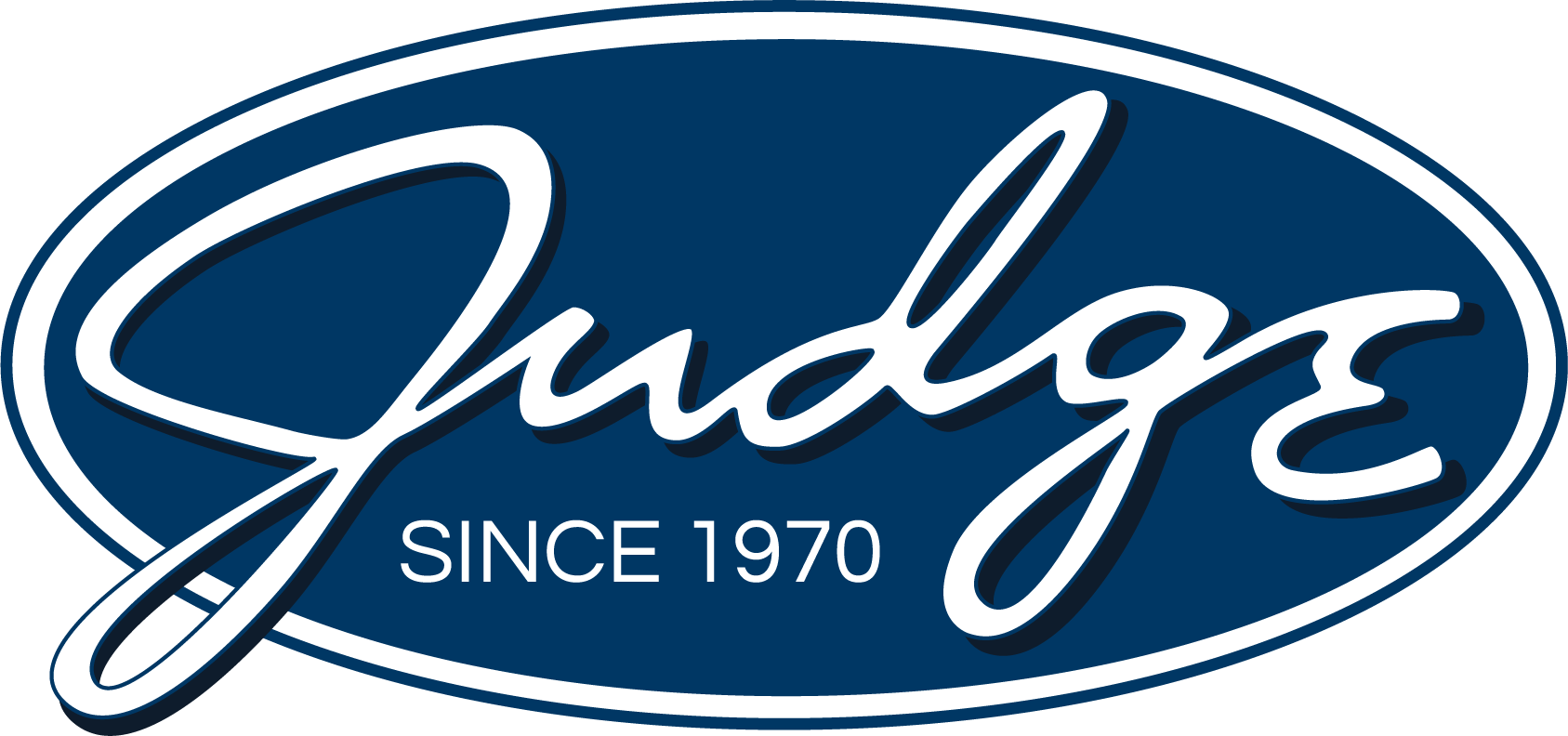Agile Design in Learning and Development: Where Theory and Practice Meet
Today’s learning and development (L&D) teams are under pressure to deliver learning solutions that not only keep up with change but also drive it. Agile L&D development has gained traction in some circles and industries, suggesting a potential shift in learning design. But can agile methodologies truly transform L&D, or is it just another buzzword in our relentless chase for innovation?
The Promise and Pitfalls of Agile in L&D
Agile methodologies, with their focus on iterative development and frequent feedback, seem tailor-made for the modern L&D landscape. By breaking projects into smaller, manageable chunks, agile promises to help L&D teams respond swiftly to changing needs and learner feedback.
But agile isn’t a silver bullet. While it can significantly enhance certain aspects of the L&D process, it may not be suitable for all stages of learning asset development. The resource-intensive nature of the development phase, particularly regarding subject matter expert (SME) time and overall costs, presents a significant challenge to full agile adoption.
Finding Agile’s Place in the ADDIE Framework
The iterative, collaborative nature of agile methodologies aligns well with the analysis and design phases of a typical ADDIE project (Analyze, Design, Develop, Implement and Evaluate). During these stages, frequent feedback loops and flexible planning can lead to more accurate needs assessments and better-designed learning solutions. The recursive review process inherent in agile can help refine learning objectives, content structure, and instructional strategies before significant resources are committed to development.
Once a project moves into the development phase, the practicality of a fully agile approach becomes debatable. Creating learning assets — whether it’s eLearning modules, videos, or interactive simulations — often requires significant upfront planning and resource allocation. Constant iterations and changes during this phase can lead to:
- Overburdening SMEs, potentially disrupting their primary responsibilities
- Escalating development costs due to frequent revisions
- Inconsistencies across learning materials
- Challenges in timeline and budget management
A Hybrid Approach: The Best of Both Worlds
Rather than forcing an agile model across all stages of L&D projects, a more practical approach is to adopt a hybrid methodology:
- Agile for Analysis and Design: Leverage agile principles during the initial stages to ensure thorough needs analysis, stakeholder alignment, and robust instructional design. This allows for flexibility and rapid prototyping before significant resources are committed.
- Waterfall for Development: Once the design is solidified, transition to a more traditional waterfall approach for the development phase. This allows for more efficient resource allocation, clearer timelines, and better cost management.
- Agile-Inspired Implementation and Evaluation: Reintroduce agile principles during implementation and evaluation to gather and respond to learner feedback quickly, making incremental improvements to the learning solution over time.
Overcoming Obstacles in Agile L&D
Implementing this hybrid agile approach is challenging as balancing short-term agile sprints with long-term learning strategy will require L&D leaders to clear a few hurdles on the road to successful implementation. To overcome these obstacles, L&D leaders should focus on:
- Change Management: Invest in training and communication to help team members understand and embrace the hybrid approach.
- Strategic Alignment: Ensure that agile practices are aligned with broader organizational goals and learning strategies.
- Skill Development: Provide opportunities for L&D professionals to develop agile skills and mindsets.
Embracing Agile Wisely
The integration of agile principles into L&D processes offers exciting possibilities for introducing real-time feedback to create more responsive, effective learning solutions. However, it’s crucial to approach this integration thoughtfully, recognizing where agile can add the most value and where traditional approaches may still be more appropriate.
By adopting a hybrid approach — using agile for analysis and design while maintaining a more structured approach for development — L&D teams can harness the benefits of agile without falling into the pitfalls of excessive iteration and resource drain.
If your L&D team has been hesitant to adopt agile methodologies, start by implementing small changes in your analysis and design phases. Gradually build a more adaptive, responsive learning development process that balances the need for flexibility with the realities of resource management and long-term strategy. In doing so, you’ll be better positioned to meet the evolving needs of your organization while delivering high-quality learning experiences that drive real business impact.
Interested in learning more? Visit judge.com/learning-solutions or email JLS@judge.com
About Mark Burke
Mark Burke joined The Judge Group in 2019 and is the Senior Director of Learning Strategy for Judge Learning Solutions where he consults with clients to help them assess their situation, create a strategy, and design and develop a best-in-class custom learning solution. Mark’s experience includes the creation and management of five different online universities, the development of competency profiles and related curricula for many Fortune 100 companies, owning his own assessment and consulting company, and 20 years of developing and implementing learning strategies in both corporate and higher education environments.




